The good news is that there is a simple way to avoid this mistake; by calibrating your dose.
This means changing the dose and finding one that works for you. By doing this, you can avoid the mistake of giving up too soon and instead fine-tune your dose for optimal microdosing.
Let us return to the example of Tom. Instead of giving up, what if he had taken the time to experiment with his dose? By reducing his dose from 0.1 grams to 0.08 grams, he might have found a level where the positive effects of microdosing could have come about without the negative side effects. This would have allowed him to continue microdosing and open the door to experiencing long-term benefits.
While the standard doses will work for the average person, they will not work for everyone. It is important to find a personalised dose.
This can be done in a short period of experimentation and calibration.
To do this, you can start by microdosing at 0.1 grams and note down any perceived effects; mental, emotional, and physical.
For example, on a mental level, you might notice an increase in focus, clarity, or creativity. Emotionally, look for subtle shifts in mood; do you feel calmer, less anxious, or more open? Physically, you might feel a slight change in energy levels or experience tingling sensations. Take note of any that you observe.
If no effects are felt, gradually raise the dose. On the next day, increase to 0.11 grams. Again, if no effects are felt, raise to 0.12 grams, and so on.
Once effects are felt, an assessment then needs to be made.
The best general advice would be to find the highest dose you can take without experiencing any obvious negative effects. So if you started to feel heaviness or anxiety or anything else negative at 0.12 grams, go back down to 0.11 grams and stick to this for the duration of a cycle of at least 4 weeks, where you can keep tracking for long term effects.
However, if the effects are only positive, you may keep increasing to 0.12 grams, 0.13 grams, and so on, until the experience turns negative. At that point, adjust back down to the dose where you only have positive effects. This might be a low dose where you can still function, but may also depend on whether you want to use it for working days, creative projects, or weekends in nature.
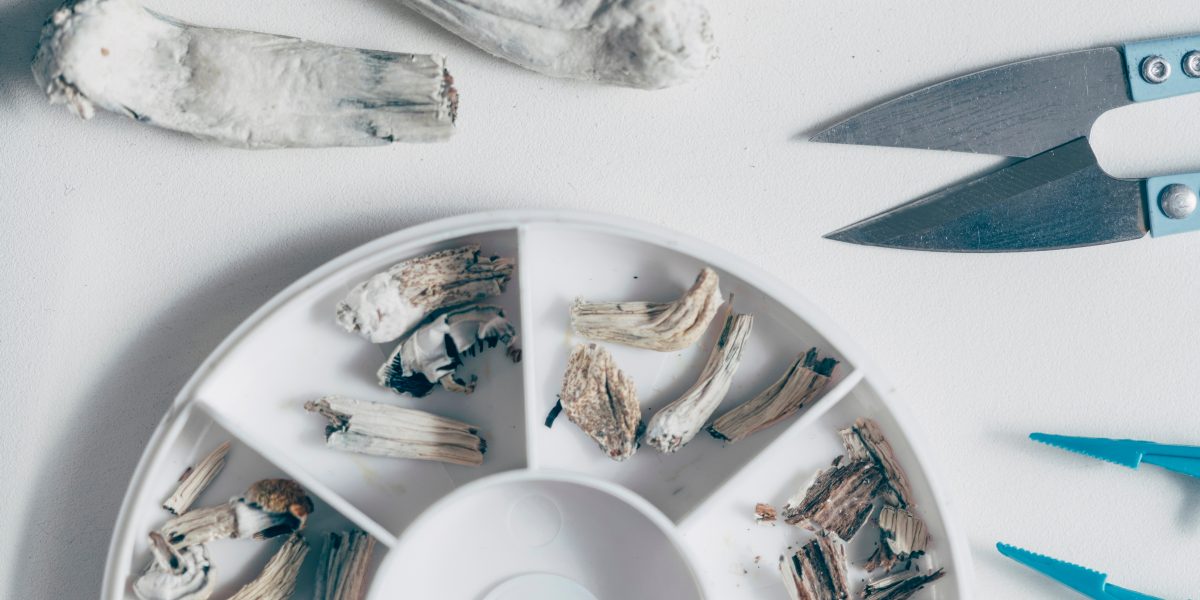











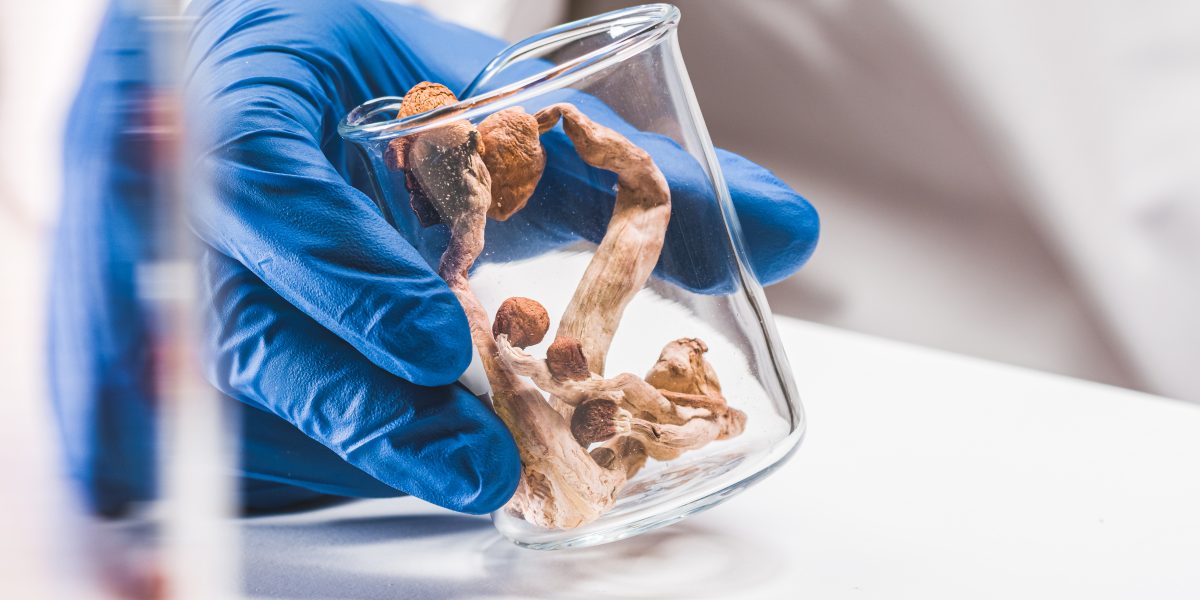









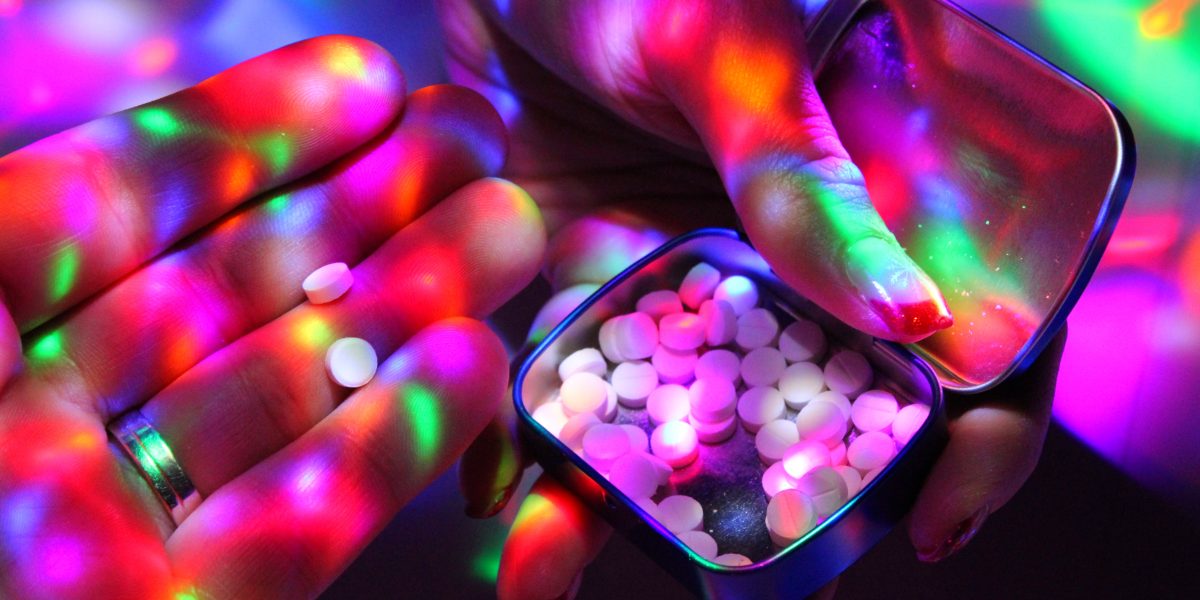





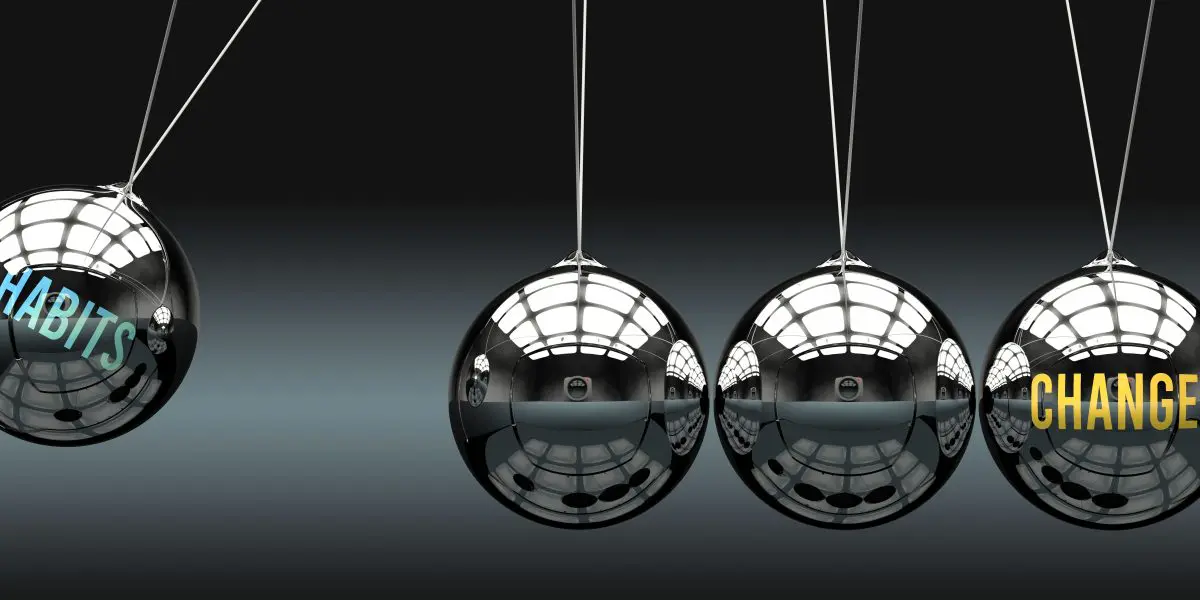




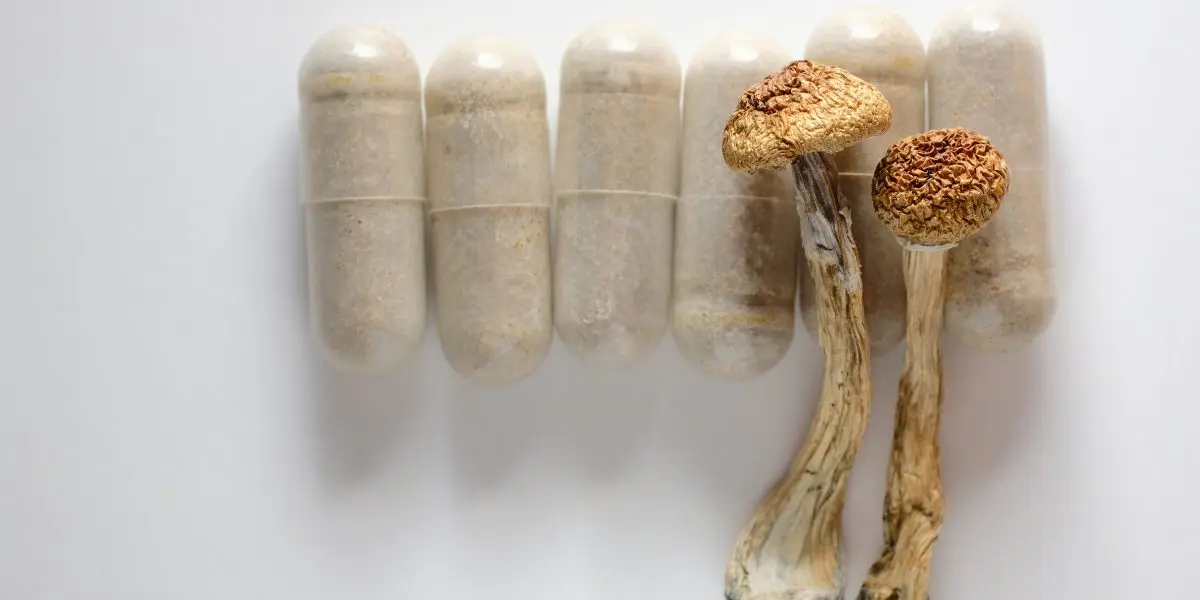
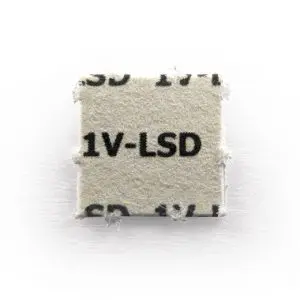
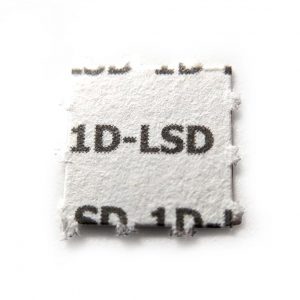
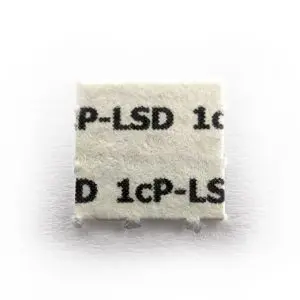
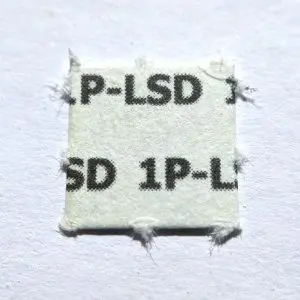

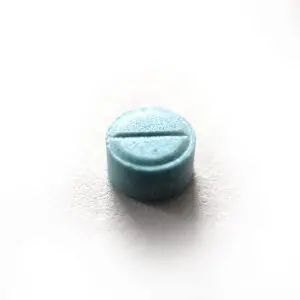


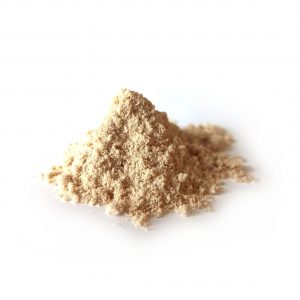




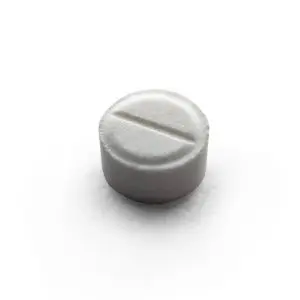
share your toughts
Join the Conversation.